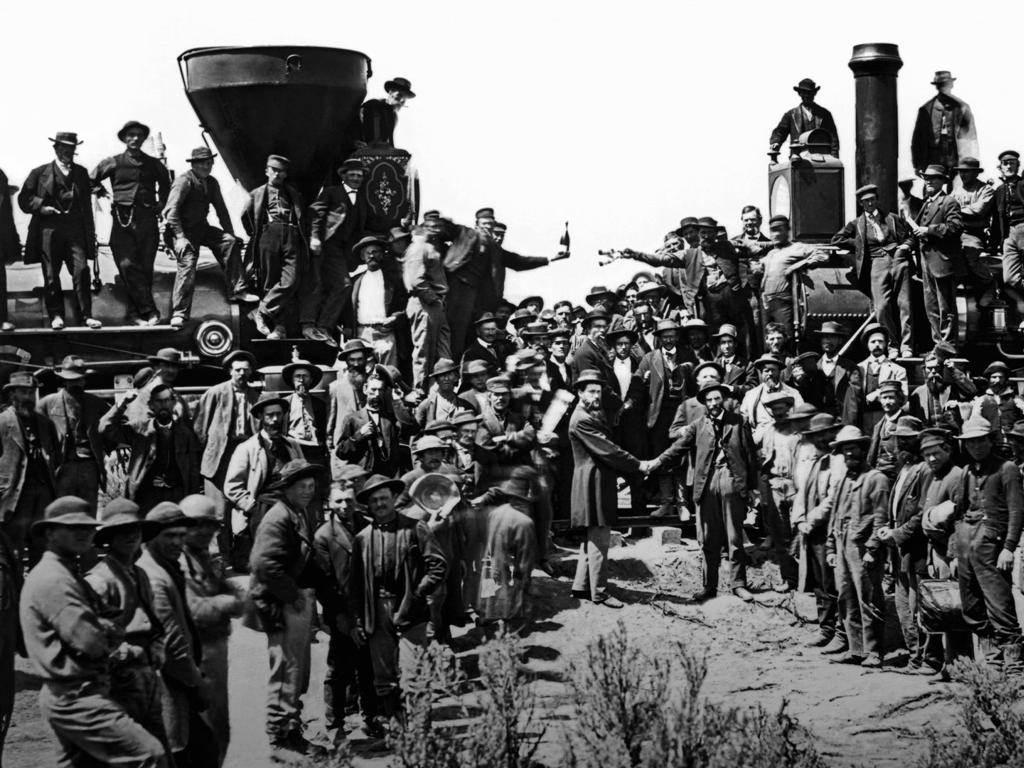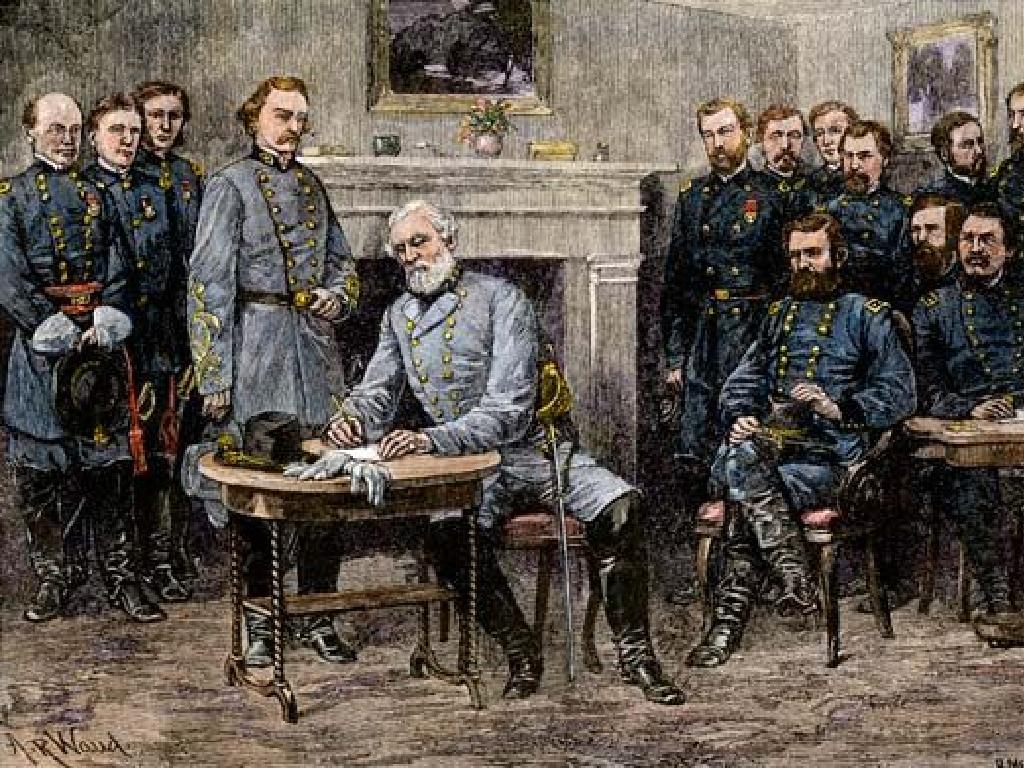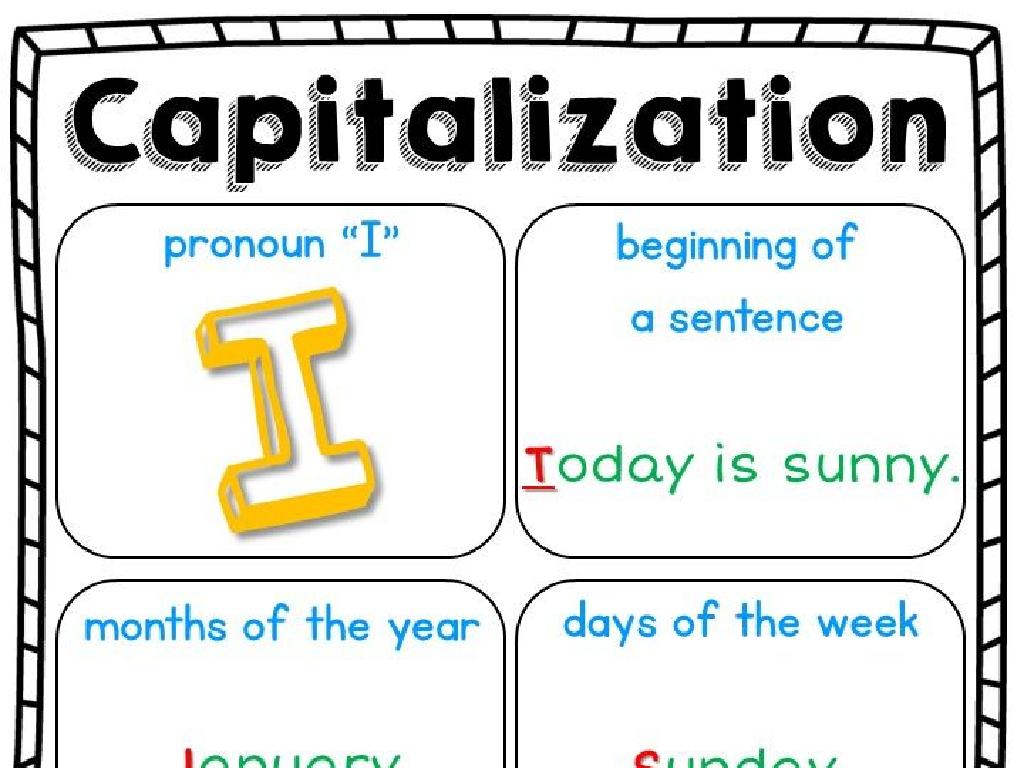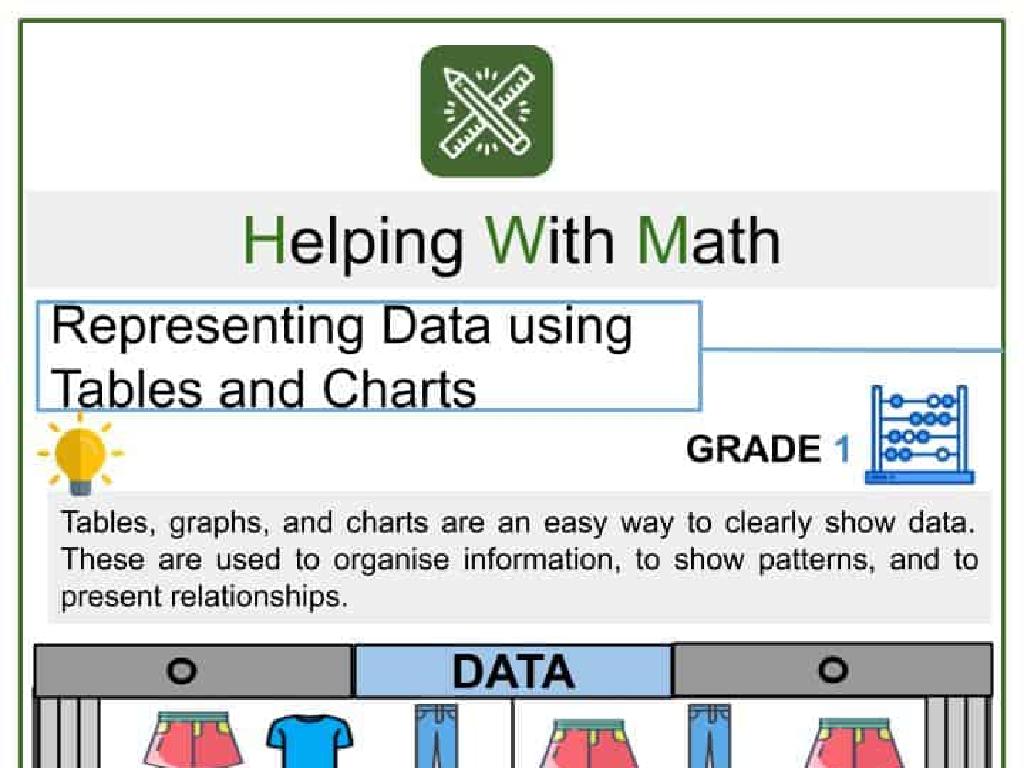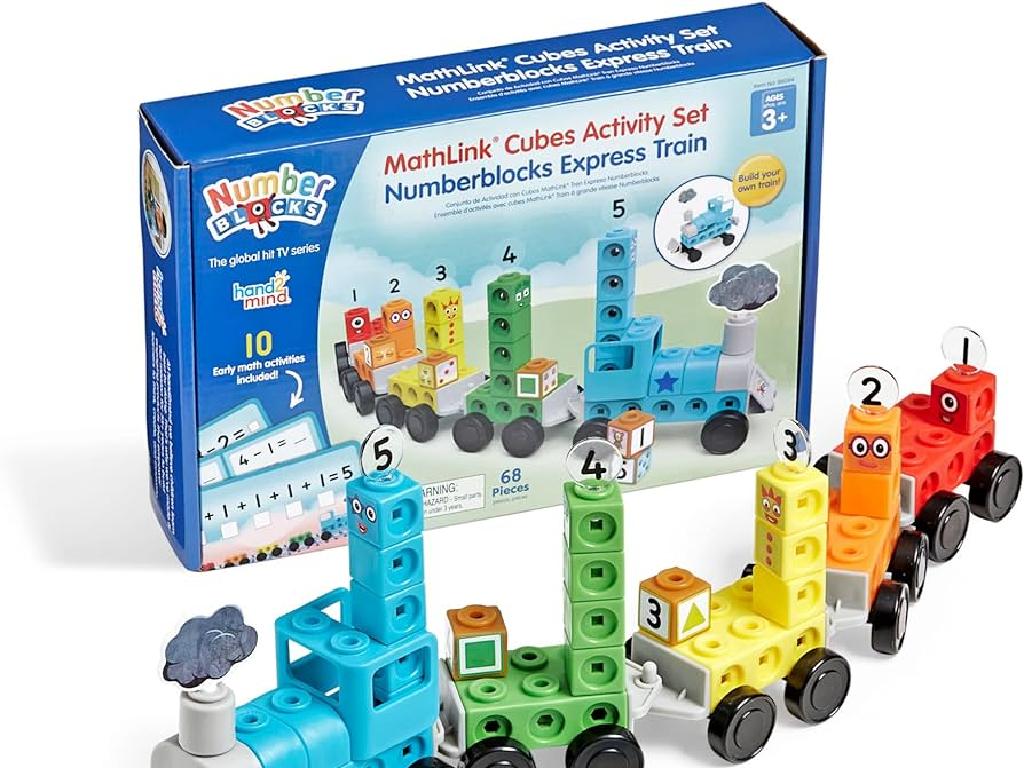Which Metric Unit Of Length Is Appropriate?
Subject: Math
Grade: Third grade
Topic: Metric Units Of Measurement
Please LOG IN to download the presentation. Access is available to registered users only.
View More Content
Exploring Metric Units of Length
– What are metric units?
– Metric units measure length, like the distance from one place to another.
– Why metric units matter
– They are used worldwide and make measuring easy to understand and convert.
– Types of metric units
– Millimeter (mm), centimeter (cm), meter (m), and kilometer (km).
– When to use each unit
– Use mm for small things, cm for a pencil, m for room size, and km for distances between places.
|
This slide introduces students to the concept of metric units of length, which are part of the international system of measurement. Explain that these units are based on the number 10, making them easy to use and convert between. Emphasize the importance of using metric units because they are standard around the world. Introduce the most common metric units of length: millimeter, centimeter, meter, and kilometer, and provide guidance on when to use each. For example, millimeters are for small objects like a bead, centimeters for a pencil, meters for measuring room dimensions, and kilometers for the distance between places. Encourage students to think of examples of each and to bring a ruler to the next class to practice measuring objects in centimeters and millimeters.
Millimeters and Centimeters: Measuring Small Objects
– Use millimeters for tiny items
– Like the thickness of a coin
– Use centimeters for small objects
– Like the width of an eraser
– Example: Pencil length
– A pencil is about 150mm or 15cm long
– Example: Paperclip length
– A paperclip is about 30mm or 3cm long
|
This slide is aimed at helping third-grade students understand when to use millimeters and when to use centimeters. Millimeters are best for measuring very small items that are thinner than the smallest division on a ruler, such as the thickness of a coin. Centimeters are suitable for objects that are a bit larger, like the width of an eraser. Use everyday classroom objects like pencils and paperclips as examples to demonstrate the practical application of these units of measurement. Encourage students to bring similar small items from home to measure and compare as a class activity. This will help them get a hands-on understanding of the size of millimeters and centimeters.
Understanding Meters in Measurement
– What is a meter?
– A meter is a basic unit of length in the metric system.
– Objects about a meter long
– Examples: a guitar, a baseball bat, a doorway
– Measuring with a meter stick
– A tool used to measure how long objects are
– Practice measuring in class
|
This slide introduces the concept of a meter, which is a fundamental unit of length in the metric system. Start by explaining that a meter is a little longer than a yard (about 3.28 feet). Show students a meter stick and compare it to a yardstick if possible. Provide relatable examples of objects that are approximately one meter in length to help them visualize the measurement. Then, demonstrate how to use a meter stick to measure objects in the classroom. Encourage students to participate by measuring various items around the room and recording their lengths. This hands-on activity will help solidify their understanding of using meters as a measurement unit.
Exploring Kilometers
– What are kilometers?
– A kilometer is a unit of length in the metric system, used to measure long distances.
– When to use kilometers
– Use kilometers for measuring things that are far away from each other.
– Example: School to home
– If your school is far from your home, we measure that distance in kilometers.
– Example: Park length
– The entire length of a big park can also be measured in kilometers.
|
This slide introduces the concept of kilometers as a metric unit of length. Emphasize that kilometers are used for measuring longer distances, such as the space between two locations that are far apart. Provide relatable examples such as the distance from the students’ school to their homes or the length of a local park, which they may be familiar with. Encourage students to think of other examples where kilometers would be the appropriate unit of measurement. The goal is to help them understand when to use kilometers and to visualize the scale of a kilometer in real-world contexts.
Choosing the Right Metric Unit of Length
– Understanding metric units
– Metric units include millimeters, centimeters, meters, and kilometers.
– Tips for estimating lengths
– Use objects as references, like a pencil for centimeters or a door for meters.
– Activity: Estimate & choose units
– Guess the length of classroom objects and decide: mm, cm, m, or km.
– Practice makes perfect
|
This slide introduces students to the concept of metric units of length and how to choose the appropriate one for different measurements. Start by explaining the different metric units and what they represent. Provide tips for estimating lengths, such as comparing objects to things they are familiar with. The activity involves students estimating the length of various objects around the classroom and deciding which metric unit is most appropriate. This practical exercise will help solidify their understanding. Encourage students to practice these skills regularly to become more confident in estimating and choosing the right metric unit.
Class Activity: Measure and Match!
– Find objects to measure in class
– Choose the right metric unit
– Will it be millimeters, centimeters, or meters?
– Measure each object’s length
– Share measurements with class
– Tell us how long each object is
|
This interactive activity is designed to help students understand the practical application of metric units of length. Provide a variety of objects for students to measure, such as pencils, books, desks, and doorways. Guide them to choose the most appropriate metric unit: millimeters for small items, centimeters for medium-sized items, and meters for larger objects. Encourage accuracy in measuring and have them record their findings. After measuring, students will present their objects and the corresponding measurements to the class, fostering a collaborative learning environment. Possible activities include measuring window lengths in meters, the width of a textbook in centimeters, or the thickness of a notebook in millimeters.
Conclusion: Metric Units of Length
– Recap: Metric units usage
– Millimeters for small items, meters for bigger ones, and kilometers for distances
– Importance of accurate measurement
– Accurate measurement is crucial in cooking, building, and science experiments
– Quick quiz activity
– Review and questions
– Let’s answer any questions and make sure everyone understands
|
This slide wraps up our lesson on metric units of length. Start by reviewing when to use millimeters, centimeters, meters, and kilometers, giving examples for each. Emphasize the importance of choosing the right unit for accurate measurement, which is essential in various real-life situations like cooking recipes correctly, constructing things that fit, or conducting scientific experiments with precision. Engage the class with a quick matching quiz where they pair objects with the most suitable metric unit of measurement. This interactive activity reinforces their understanding and allows you to assess their grasp of the concept. Conclude with a session for any lingering questions to ensure all students are confident in using metric units appropriately.

